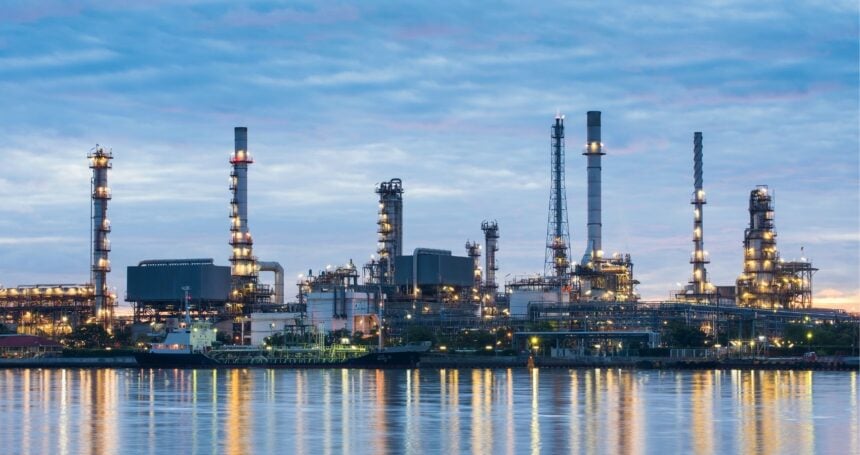European lawmakers moved a step closer to severing the bloc’s remaining energy ties with Moscow, as two committees in the European Parliament approved a proposal to ban Russian oil and gas imports beginning January 1, 2026.
The draft would cover pipeline gas, liquefied natural gas and petroleum products, and is designed to end what remains of a commercial relationship that fractured after Russia’s 2022 invasion of Ukraine.
The text advances the timeline by about a year from earlier plans, signaling a push to bring closure to an emergency era that has already redrawn energy trade routes.
It removes a review clause tied to energy security and adds stronger anti-circumvention measures, including stricter origin checks and penalties for violations.
Lawmakers also carved out limited room for pre-existing contracts, allowing some to lapse by mid-2026 and others by January 2027, which is intended to give buyers time to unwind deals while curbing loopholes.
It must clear additional EU legislative steps before any ban can take effect, and market participants will watch the final text closely for how compliance, verification and penalties are defined.
Even so, the committee vote sets expectations for traders, refiners and utilities that the window for Russian molecules entering Europe is narrowing on a fixed schedule.
European utilities have replaced most Russian pipeline flows with Norwegian gas, imports from North Africa and surging LNG purchases that pivot has elevated the strategic role of U.S. exporters, from Gulf Coast terminals already in service to late stage projects chasing long-term contracts.
One example is the 20-year agreement between Texas LNG and Gunvor, which highlights how commercial deals are lining up to supply Europe’s post Russia system.
Europe phased out most seaborne Russian barrels through sanctions and price caps, while refineries retooled slates and sought alternatives from the North Sea, the United States, West Africa and the Middle East.
Authorities have grappled with transshipments and blending practices that can obscure provenance, and tougher documentation rules could raise the compliance burden for cargo owners.
A hard cutoff date could support utilization and cash flows for LNG liquefaction projects with European exposure, as well as midstream infrastructure that connects regasification terminals to industrial users.
It could also keep freight rates firm for LNG carriers if Europe continues to pull cargoes from the Atlantic Basin.
On the oil side, a stricter regime may compress arbitrage for traders who leaned on flexible routing and could widen discounts on Russian grades if alternative buyers demand steeper concessions.
Europe has managed two winters without major shortages, aided by conservation, full storage and milder weather. Price spikes are still possible if outages hit multiple supply sources or if shipping bottlenecks emerge.
Utilities that hedged away Russian exposure may welcome regulatory clarity, but a firm 2026 deadline raises execution risk for companies that still have legacy contracts or physical assets tied to Russian flows.
Washington has pressed allies to limit purchases of Russian energy, and the committee vote aligns with that thrust. Earlier debates about whether NATO countries should stop buying Russian oil foreshadowed the transatlantic pressure that helped reshape Europe’s stance.
Some member states will push to preserve narrow exemptions tied to security of supply, while others will argue that only a full break will end circumvention and blunt Russia’s export revenue.



















